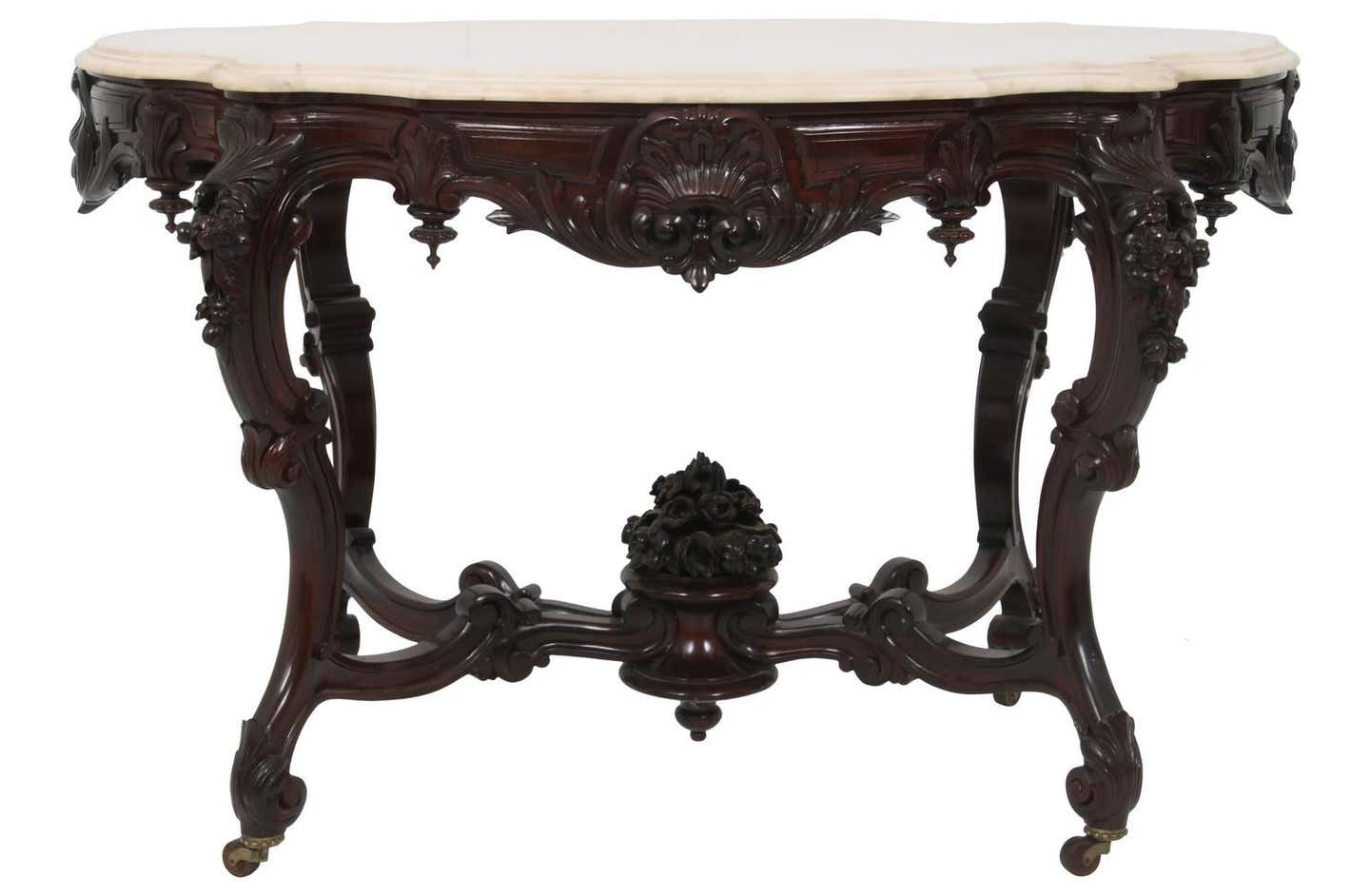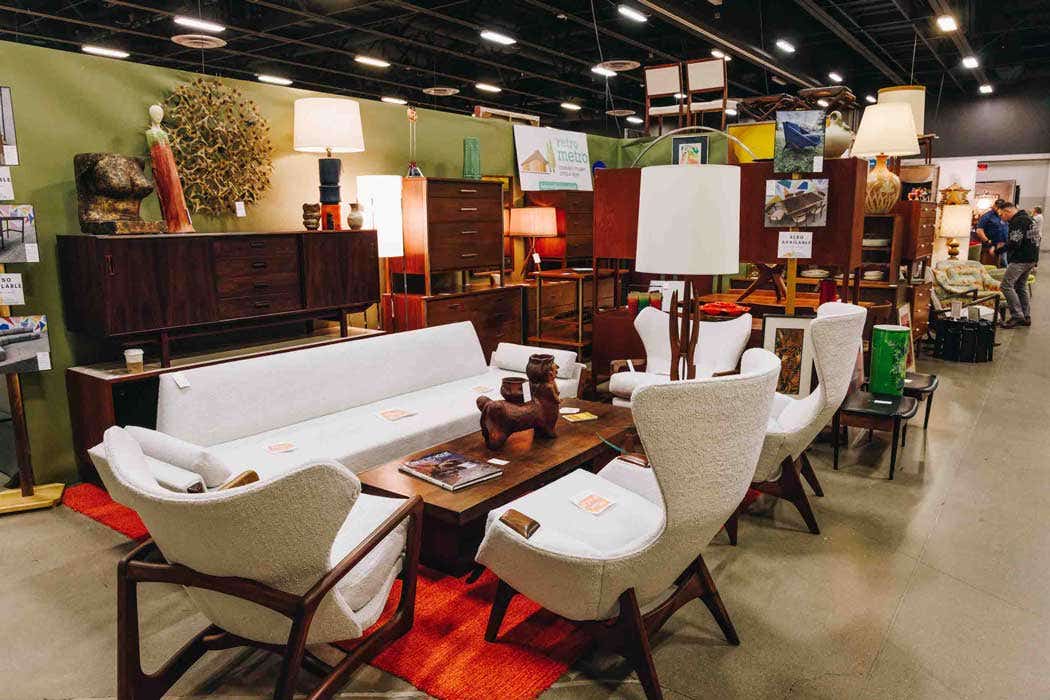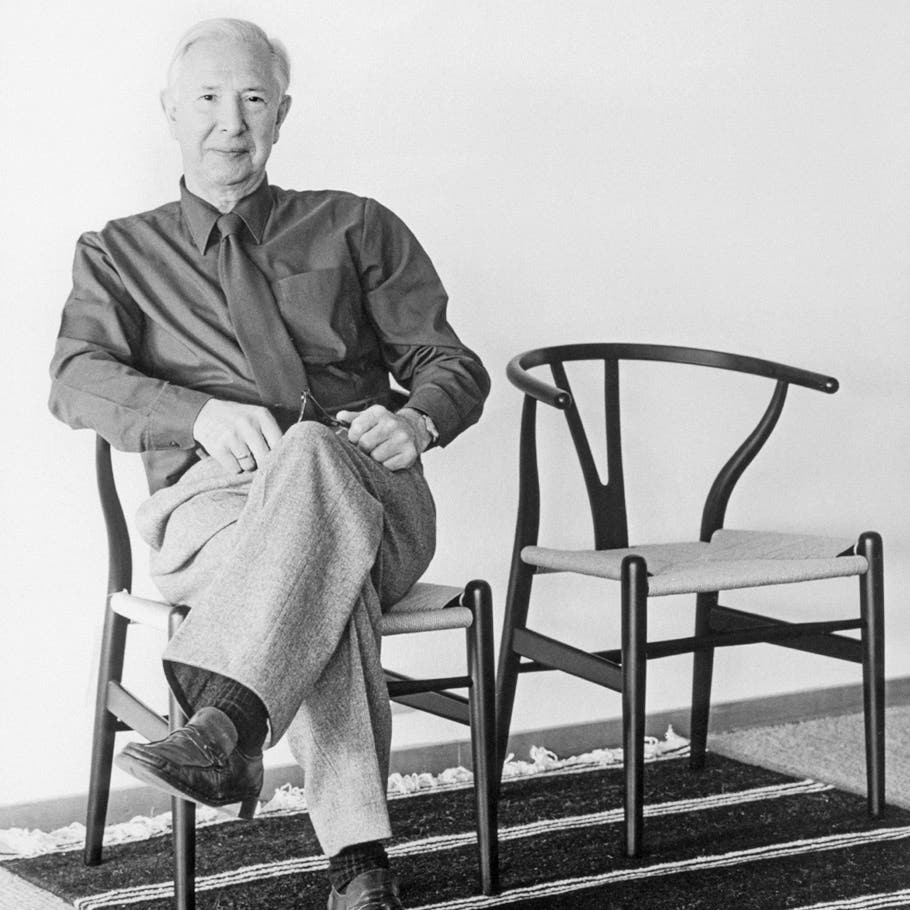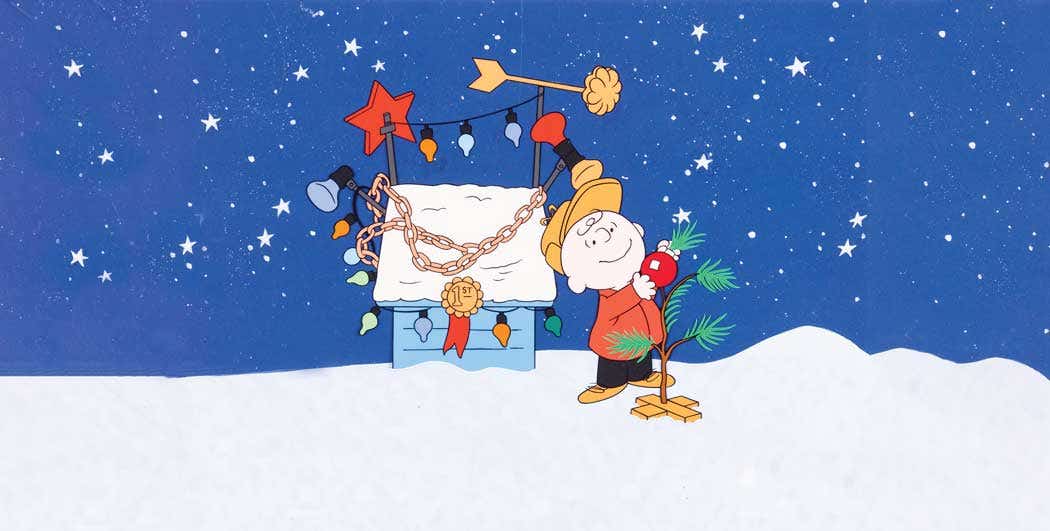Storytelling adds intrinsic value
Advice from the Furniture Detective about making the most of the tools available to repair an item of furniture brought forth storytelling memories for Antoinette Rahn when she was a child.
Storytelling is a magical and infectious art form, in my humble opinion.
We focused a bit on it in the last issue (May 23, 2018, cover date) concerning antique, vintage, and contemporary quilts, and it came to mind once again as we were putting together this issue. Simply put, everything and everyone has a story, and that’s what makes life so fascinating.
Storytelling In Every Day Experiences
Sometimes it seems the stories come without much explanation, and sometimes we have to look for them, wait for them, and when they come into focus, it’s always best if we take the time to understand and appreciate stories for what they can show us. In the cover story of this issue, which begins on page 22, Print Editor Karen Knapstein leads us on an intriguing journey through the world of elongated coins. I was pretty excited when she mentioned the idea of examining this topic, as I can recall making a beeline to the coin machine while visiting the local zoo as a child. That experience resulted in laughter and storytelling fodder for years to come.
Alas, not every story is a barrel of laughs, but even serious stories have something valuable to share. Wouldn’t you agree? This thought is what came to mind while reading Fred Taylor’s Furniture Detective column on page 16. Fred reviews what he calls the “make do with what you’ve got” approach to furniture touch-up. I understand this isn’t an approach you’d want to use for ALL projects, but on occasion, when desperate measures are in play, it’s possible that handy materials and devices are in your pantry or the local art store, according to Fred.
Putting Household Tools to the Test
I’m sure if my mother were still alive, she’d find Fred’s commentary quite helpful and maybe a little amusing, thinking back about one of her children’s efforts to “heal” a scratched table. The table in question sustained a significant scratch as a result of what we’ll call an unfortunate series of events involving less-than-stellar decision making by a band of ruffians. Keeping with the theme of poor decision making, the leader of the ruffians followed Fred’s advice (sort of) and started to dig through the desk drawer for a tool of healing powers, otherwise known as a marker. With the marker in hand, the ruffian went to work.
Later that evening, while the family gathered around the table, things began to unravel. First, it was the ongoing commentary from an older sibling about the table smelling funny. Kind of like the art box at school. Then it was a spill that prompted my mother to grab a towel for clean up, but not before the liquid had spread across the table and required removal of a trivet that had been placed precisely on the spot where the scratch existed. While the spill and clean up certainly helped bring the matter to light, it was a good bet it wouldn’t have taken long for the parental units to figure out something was amiss when they saw the red mark on the table.
Look for the Morale Within Every Experience
The part of Fred’s advice said ruffian didn’t think about was matching the marker color with the wood. The moral(s) of the story: Don’t panic when desperate for a solution, always have a selection of markers at the ready, don’t roughhouse in the house, and consider being upfront with parents. They know everything anyway, and they have the power to send you to bed without dessert.
If you know anyone who you hope will gain an appreciation for antiques and vintage items, consider telling them the stories associated with the items you love. Sentiments add meaning, and meaning matters.








